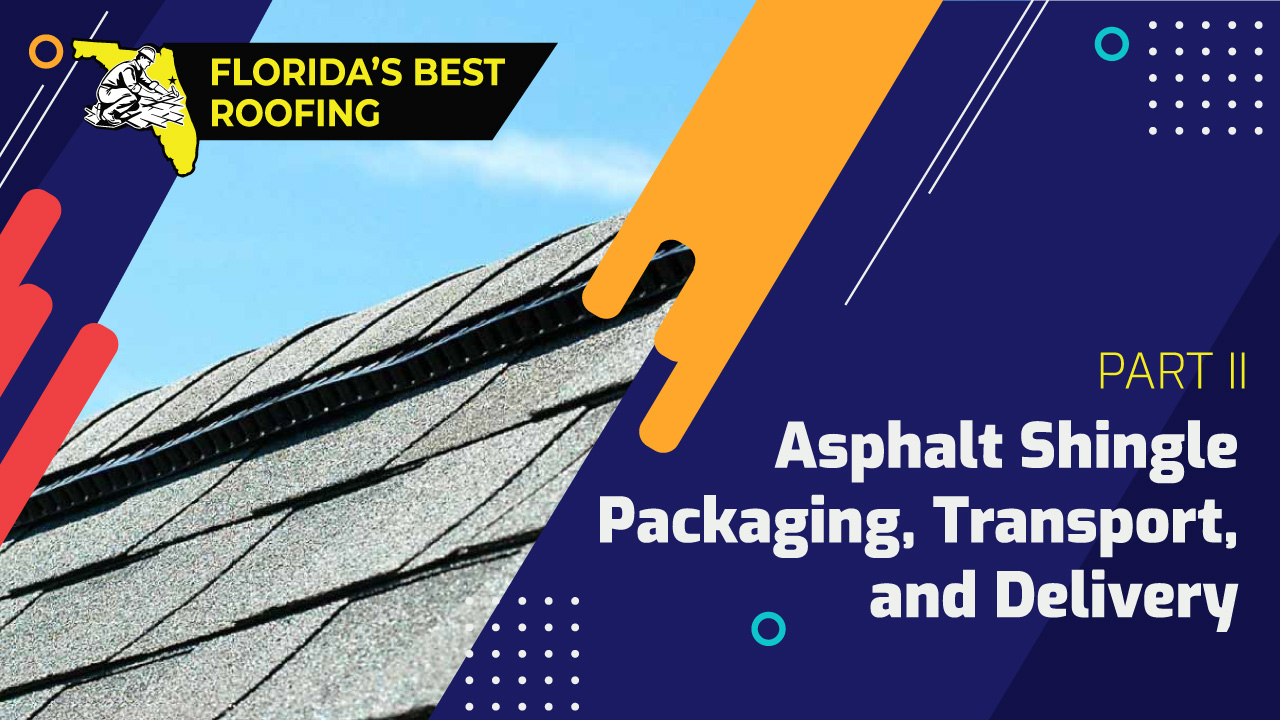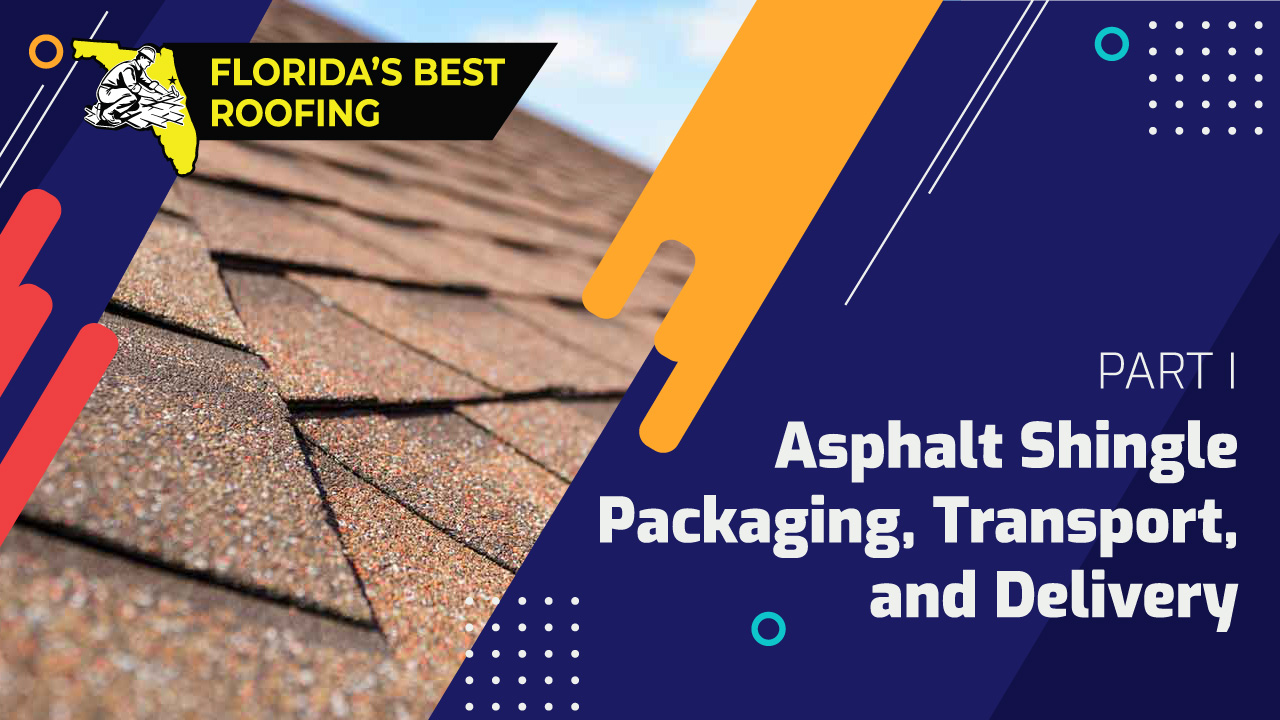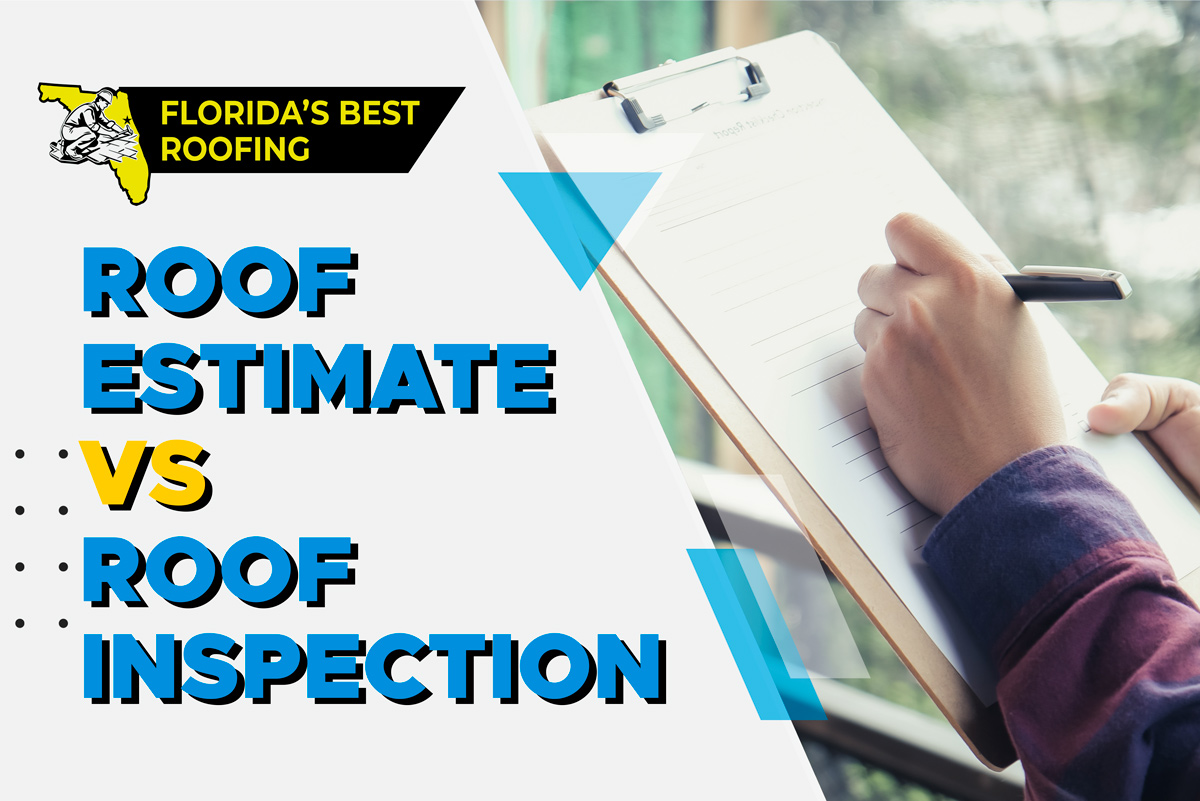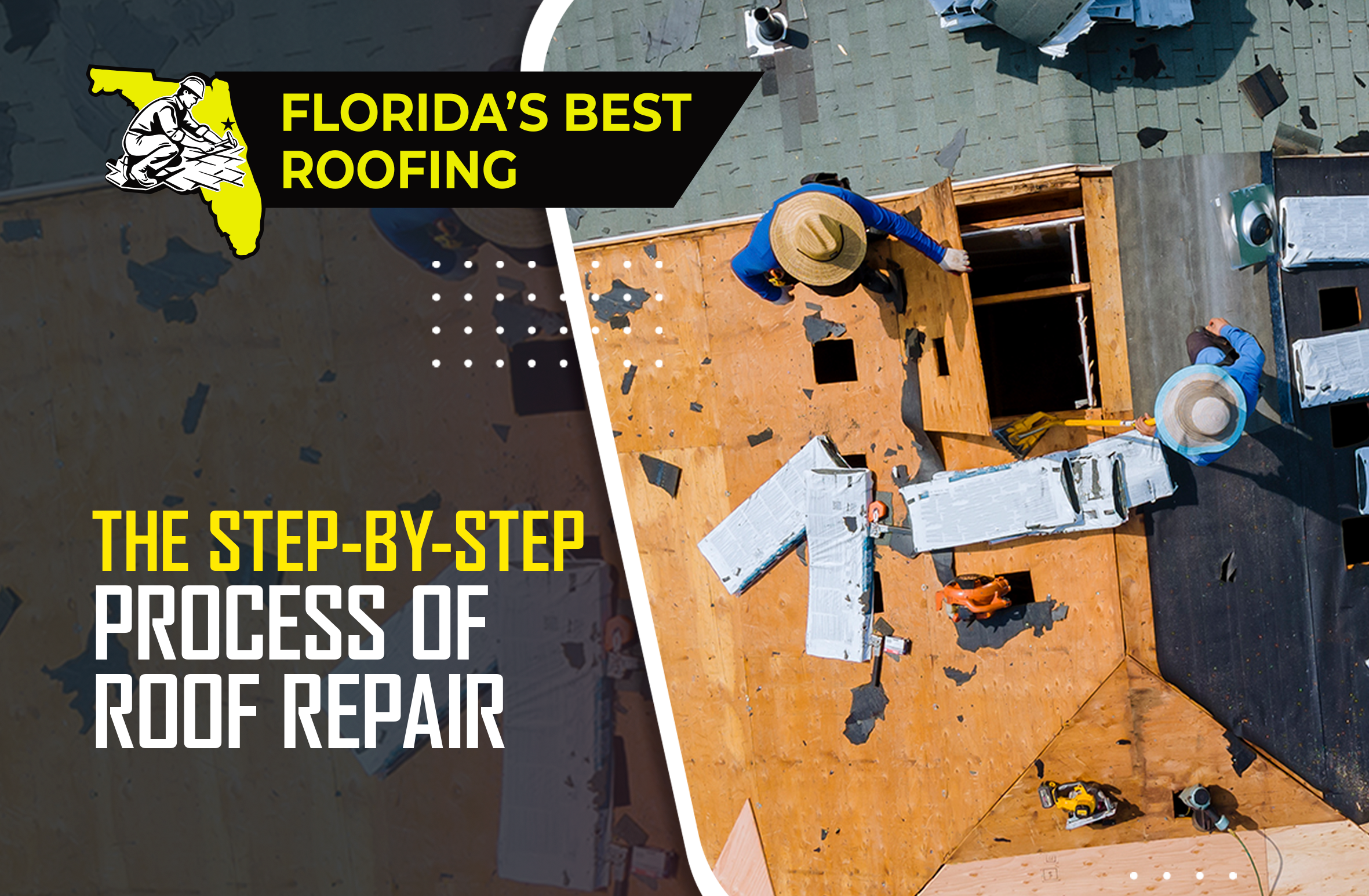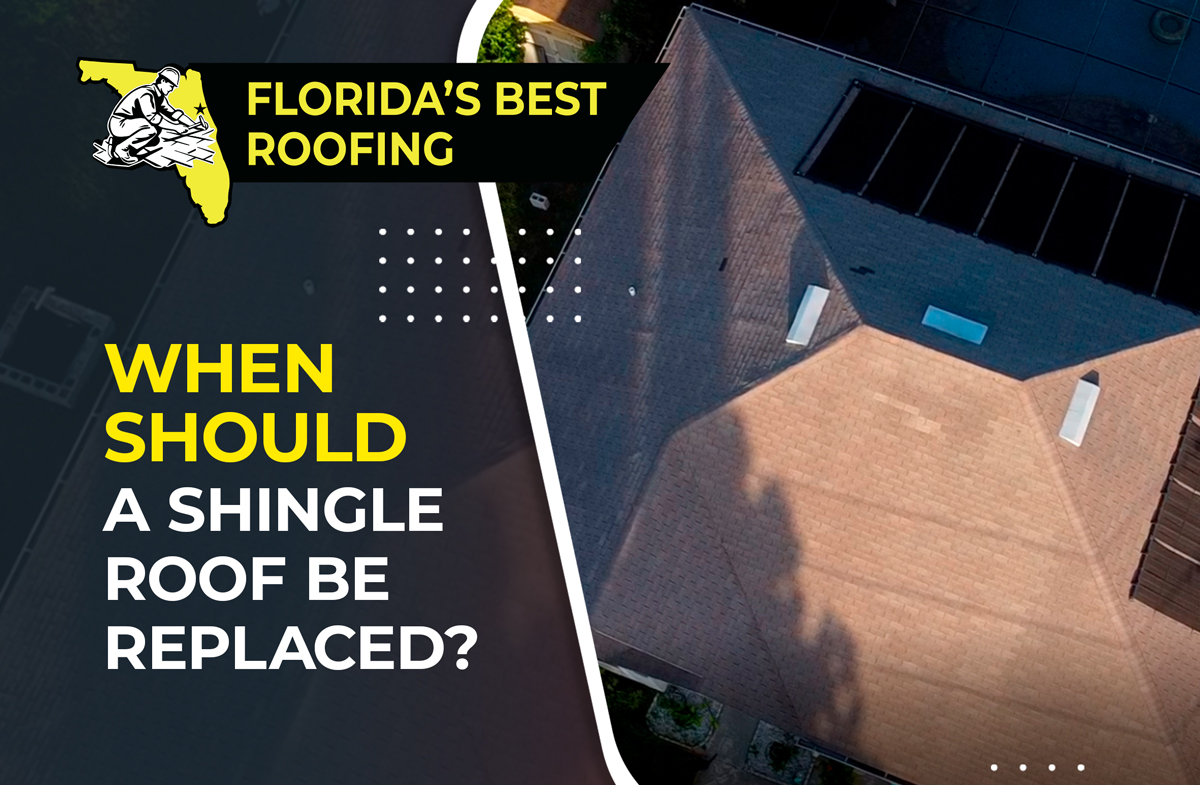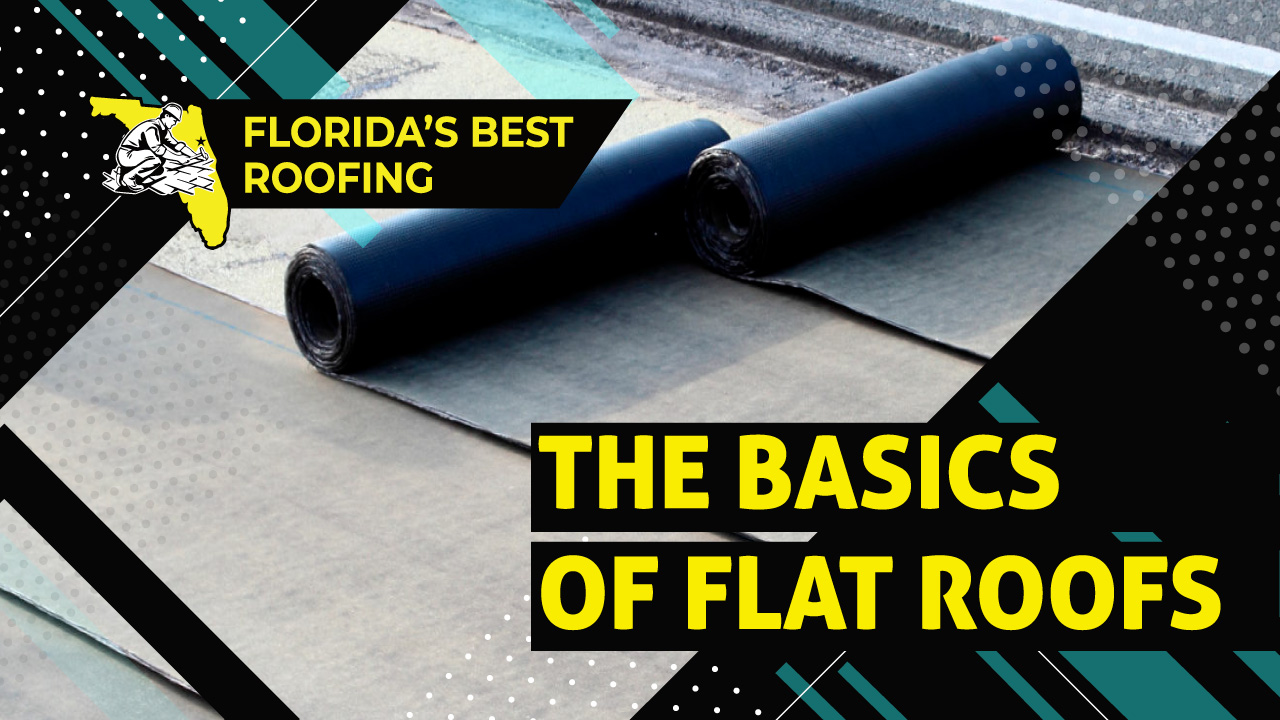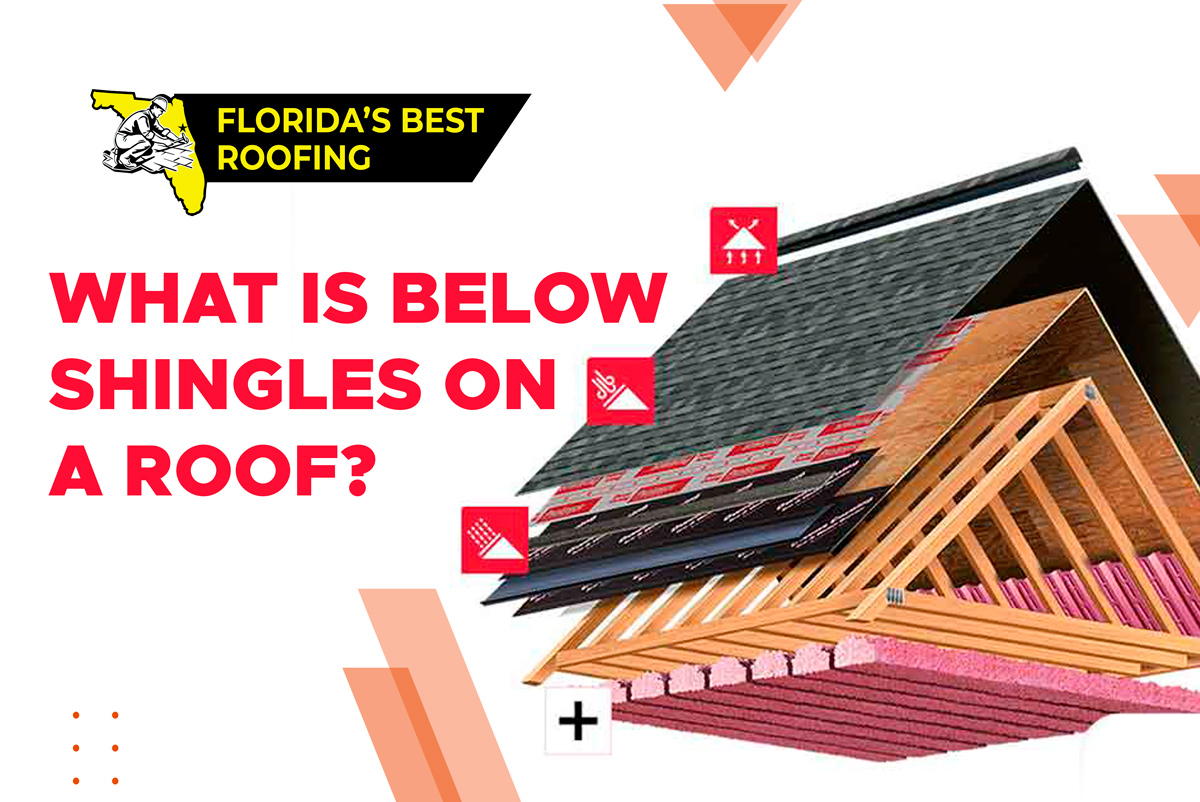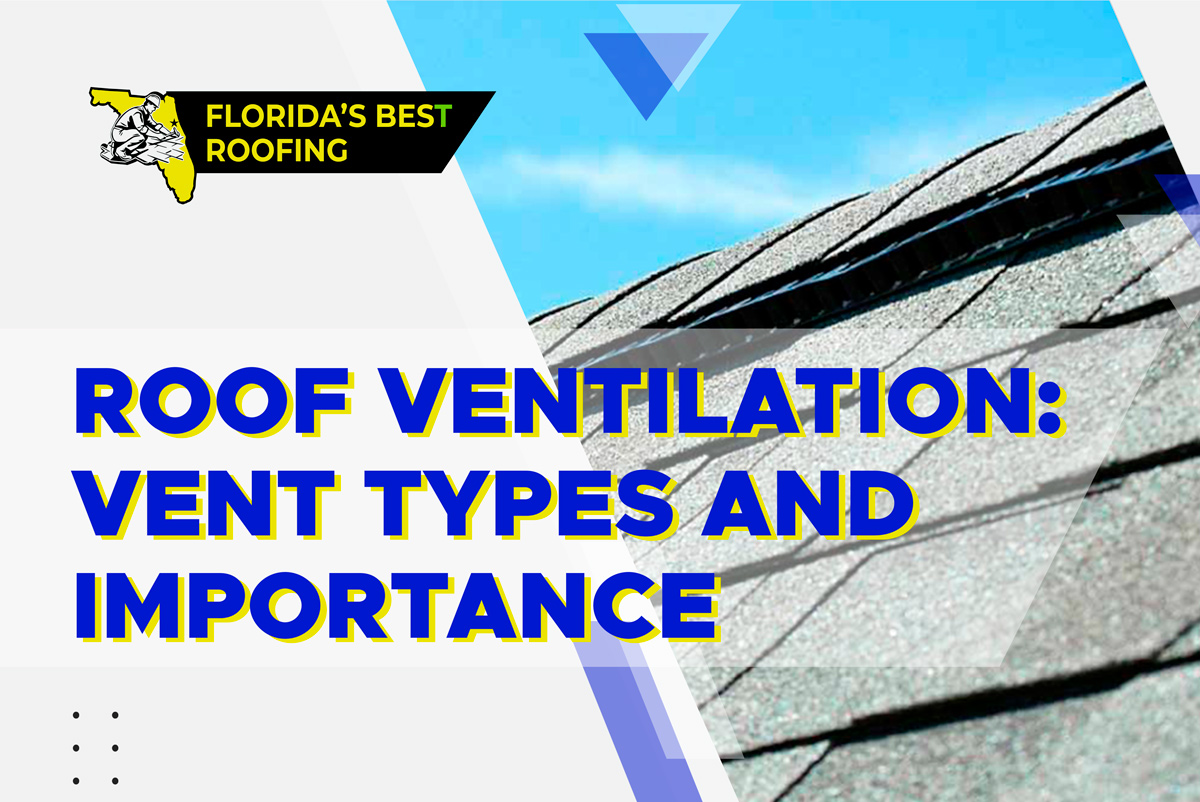Asphalt Shingle Packaging, Transport, and Delivery: Part II
In our previous post we covered the in and outs of asphalt shingle packaging and the shingle transport process. We explained why it is too taxing in time, space, and manpower for most roofing companies to store and transport all the shingles and other supplies to each job site themselves. Asphalt shingles, in the amounts it takes to cover an average roof, are too bulky and heavy for it to be efficient for every contractor to store them in their own facilities and load them onto every roof they install or replace. Operating more efficiently and deferring storage and delivery costs lowers service prices and saves money for customers and consumers in the long run.
As mentioned in the last post, there is a system of supply companies in place with the infrastructure and equipment to handle the logistics of shingle storage, transport, and delivery. Roofing supply companies are generally either national or regional companies that deal with dozens or even hundreds of roofing contractors and can efficiently handle the volume of that work. Each supply company’s regional office buys materials in bulk from manufacturers to temporarily store at their location. Roofing contractors submit orders to a local supplier’s office for delivery.
Most deliveries are destined for a specific job site, which are submitted by the contractor to the supplier. Occasional deliveries are also scheduled for contractors’ offices. These are lower in frequency and contain items that need to be on hand daily for repairs and emergencies, like different types of vents, nails, flashing, small amounts of shingles in various colors, and other such supplies.
Deliveries to job sites are scheduled for a specific day by the contractor, but they are organized by the supplier. Ideally the date is convenient for the property owner, fits well into the contractor’s schedule, and matches the supplier’s schedule and material availability. Ideal situations are, unfortunately, fairly rare, so there is always some compromise and give-and-take. For this reason, although it is desirable for shingles to be delivered to the roof the morning of the day on which they will be installed, occasionally the delivery date may be a day or longer from the installation date. The installation date can be delayed due to weather, the contractor’s schedule, or homeowner’s preference since shingle installation is a loud and disruptive process. Material availability, which has been particularly adversely affected by the COVID-19 pandemic, can also delay delivery dates, especially if a property owner is intent on a specific color or shingle variety.
Once the delivery date is set, the supplier analyzes all the deliveries they have to make that day, the locations of the deliveries, and the landscapes of these locations. Landscapes can factor into how deliveries are to be made and which trucks can be used due to distance between houses and other structures, types of driveway, locations of trees and shrubs, and other elements of this sort. Materials are organized by geographical area and truck. Several trucks go out each day to make a number of deliveries, depending on order size. Often, each truck will be loaded once for a morning delivery and another time for an afternoon delivery.
There are two types of delivery: roof-top and ground. Each one is exactly what it sounds like. In ground delivery, the shingles are simply removed from the truck and left on the ground near the property, usually on pallets, either on the driveway or the lawn near the house. In cases like these, the roofers are the ones who later haul the shingles up to the roof, often using ladders and an assembly-line system. As discussed previously, this is not ideal since it is time consuming and labor intensive. The reason for ground drop can be one of many, but all really boil down to the delivery truck being unable to get close enough to the house for roof-top delivery. The trucks are very large, so if there are other buildings very close by or trees or other elements in the way, the supply company may decide it is not safe to do anything but ground drop. This is also done if the driveway is blocked by something immovable (like a broken-down car or a storage container) or if the driveway is covered in paving stones, which can look great but most often cannot handle the weight of a shingle delivery truck. Ground drops are usually ok (not preferable) for one story buildings, but cause a lot of problems with taller structures and can result in price increases to compensate for time and labor.
Roof-top delivery is the better and more frequently utilized option for contractors and suppliers. There are two types of trucks capable of roof-top delivery: trucks equipped with conveyor belts and trucks with boom-cranes. Trucks with conveyors must be loaded, usually one bundle at a time, from the ground and unloaded on the roof. The conveyor carries one bundle at a time up to the roof, where they are stacked by employees and arranged in a way convenient for the installers later. Boom trucks use a crane and forklift system to carry shingles up to the roof one pallet at a time. The pallets are then unloaded on the roof and shingles are arranged for the installers. Which of these two types of truck is used is determined by the landscape around the house and the shape of the roof.
Once the shingles are delivered, it’s time to get to work. If you need work on your roof or have any questions about shingle delivery or want a free estimate for your roof in the Palm Coast, Flagler, or Volusia area, please give Florida’s Best Roofing a call at 386-263-7906!

